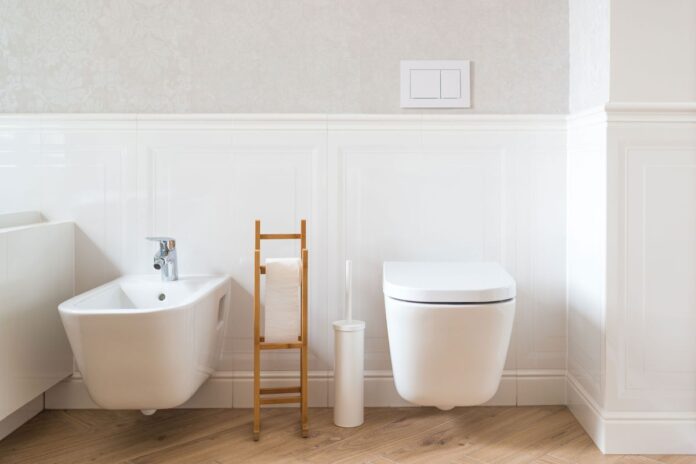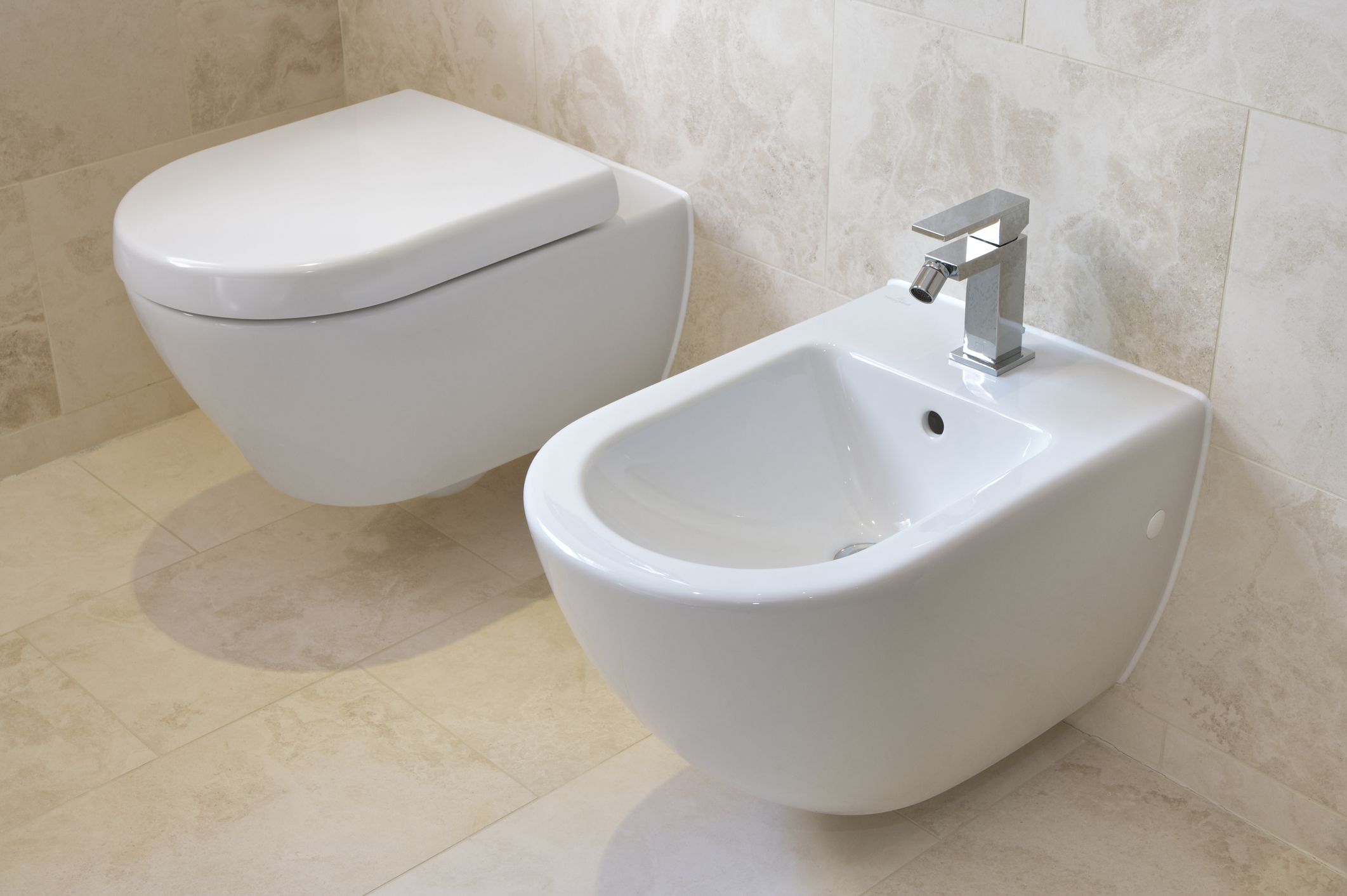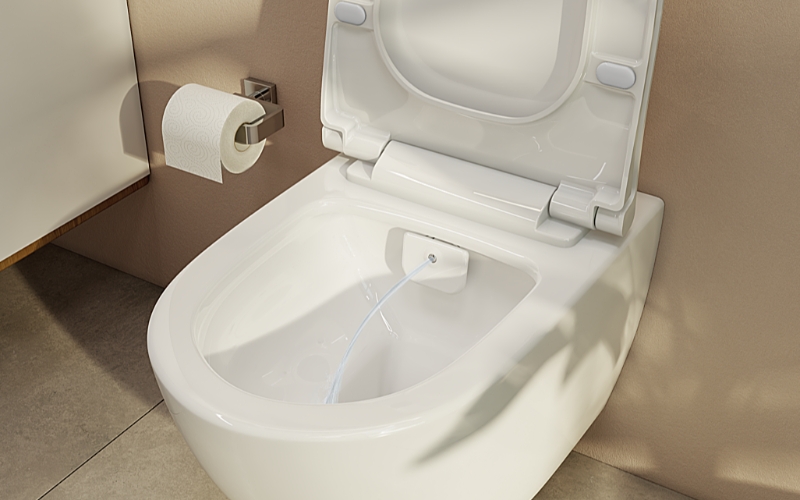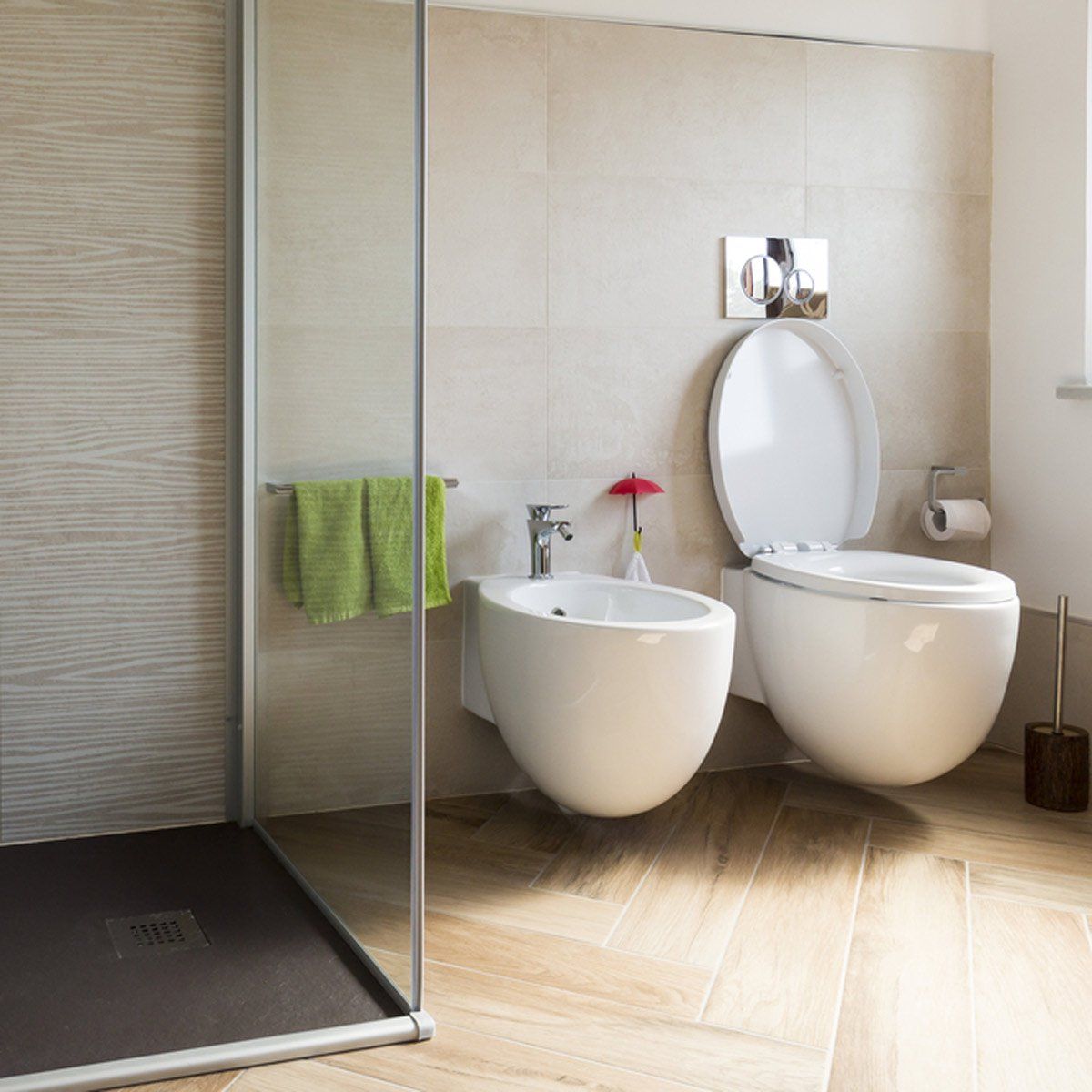Are you trying to figure out how to install a bidet? If yes, you should check out our guide right here on the key steps to take.
Around 90% of Venezuelans have bidets in their homes and so do 60% of the Japanese population.
Bidets were invented in the 16th century and became popular in parts of Europe and Southeast Asia.
You may have discovered the beauty of bidets but you’re unsure whether it’s possible to fit one in your bathroom. Sound familiar? If so, you’ve come to the right place.
Here is how to install a bidet.
What Is a Bidet?
Before discussing toilet tank parts or how to install a bidet attachment, it’s important to understand what the term means.
There are freestanding bidets, seats, or ones that attach to your toilet. Although they have different toilet parts, all bidets clean your genitalia and inner buttocks after you’ve been to the bathroom.
When you order a bidet, consider whether you want a complex system that heats water and controls water pressure or a basic one.
Benefits of Bidet
You’ll discover many advantages after installing a bidet. A few of these benefits include the following:
Cost-effective
A bidet installation is one of the most eco-friendly actions you can take. Americans use 34 million rolls of toilet paper a day whereas a bidet produces no waste while lowering your spending on toilet paper.
In comparison, bidets only waste 1/8th of a gallon per use.
Gentle On Your Skin
A gentle stream of water is far more gentle compared to toilet paper which is abrasive.
Bidets are especially useful if you have irritable bowel syndrome (IBS) where you have to go to the toilet frequently and feel sensitive.
Hygienic for Women and Expecting Mothers
Women know that you must clean front-to-back to prevent UTIs but with bidets, wiping is never an issue. Plus, it’s easier for expecting mothers especially later on in their pregnancy.
But no matter how well you wipe, bacteria remains. And because 80% of disease is passed from skin to skin, you’re always at risk with regular wiping methods.
Luckily, bidets eliminate this problem
Fantastic for Those With Mobility Issues
Seniors, those with disabilities or mobility problems find it difficult to reach down to wipe. Bidets give people back their dignity as you only need to adjust a dial for it to work.
How to Install a Bidet
Installing a bidet is simple when you follow these instructions. Whether it’s a free-standing bidet or an attachment, consider the following:
Before Installation
First, determine whether you want a bidet seat, spray, or a freestanding bidet. Regardless of which one you choose, use the shutoff valve to turn off the water to the toilet. Then flush the toilet until the tank is empty.
Fitting a bidet means detaching the water supply hose so have a bucket ready to catch any leaking water.
If you’ve chosen a bidet seat, measure the distance between the toilet tank and the toilet seat’s bolts including the distance between the bolts. When you have the measurements, order a bidet seat that complements the shape of your toilet bowl.
Fitting a Bidet Seat
Attach the bidet’s t-valve to the base of the toilet tank and fit the water supply hose to the lower connection of the t-valve.
Fit one end of the bidet’s supply hose to the upper section of the t-valve. Then, attach the other end of the bidet hose to the bidet seat so it’s secure.
Turn the shutoff valve on so the water flows back to your toilet and bidet.
Using a wrench, take off your original toilet seat by removing the nuts and bolts that keep it in place. Then clean the seat mounting area before fitting a bidet seat.
Place the bidet seat mounting plate over the bolt holes and insert the brackets. Next, tighten the mounting plate’s bolts and slide the bidet seat onto it until it clicks.
You may need to adjust the mounting plate so it perfectly fits onto your toilet.
Installing a Hand-Held Bidet Sprayer
You can attach a hand-held bidet spray on the tank or on a nearby wall. To do this, attach the bidet t-valve to the base of the tank and connect the water supply hose to the t-valve’s lower connection.
Connect the sprayer hose to the upper connection of the t-valve and screw on the sprayer head. Place the holster clip onto the tank or screw it into the wall. Turn on the water and test your new bidet.
Before activating the sprayer, make sure the button is “off” so it doesn’t spray uncontrollably when it works.
Installing a Freestanding Bidet
Before choosing a freestanding bidet, check your bathroom has the right plumbing to support it.
Freestanding bidets have valves like faucets so you can adjust the temperature. They also need a “vacuum breaker” which prevents water from re-entering the supply system and contaminating it.
Once you confirm this, assemble the bidet by attaching the drain fittings and the faucet. Align the bidet over the drain and drill holes for the bolts. Before you secure the bidet, use a measuring level to ensure the bidet isn’t at an angle.
Next, apply silicone sealing around the base of the bidet like you would with a toilet. When it’s fitted, open the valve to return the water flow and make sure there are no leaks.
If there are any, check your connections are properly tightened with a wrench.
That’s How to Install a Bidet
Now you know how to install a bidet whether it’s a bidet seat, spray, or a freestanding model.
Turn off the water before installing and make sure you have the right plumbing requirements. Once fitted, give your bidet a thorough examination to ensure there are no leaks and you’re ready to go!
Did you find this article helpful? If so, check out our other posts on Real Estate.





















